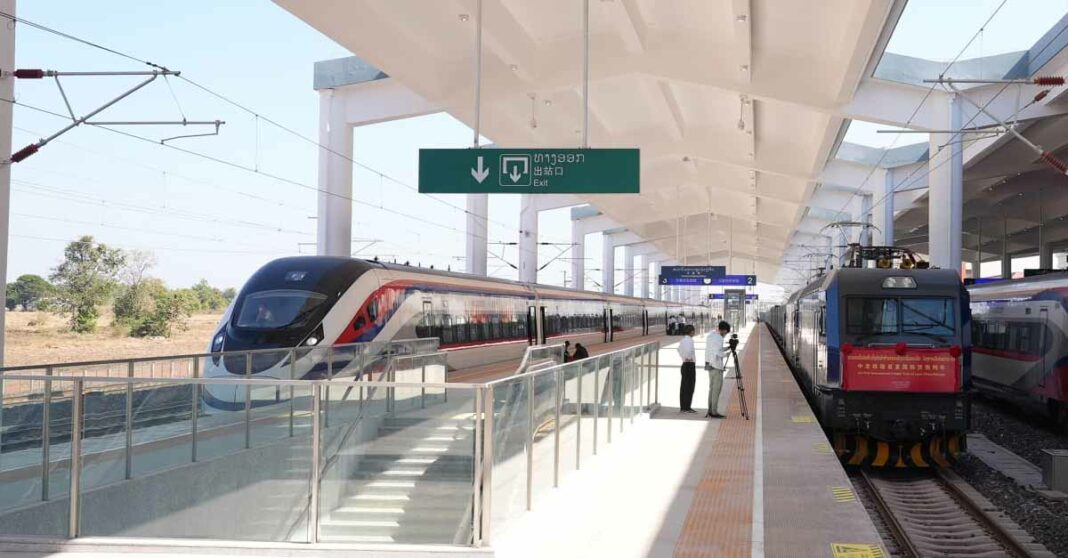Thailand’s Tourism Authority has incorporated the Laos-China Railway into its 2024 strategic direction, aiming to enhance tourism connectivity and attract quality visitors, marking a significant step towards sustainable growth and equitable distribution of benefits.
The Tourism Authority of Thailand (TAT) has revealed its strategic direction for 2024, with a major focus on promoting high-value and sustainable tourism. As part of this vision, the TAT aims to prioritize overland travel via the Laos-China Railway, which connects the People’s Republic of China, Laos, and Thailand, seeking to enhance connectivity and boost tourism between the three nations.
The introduction of the Laos-China Railway high-speed train has already sparked a surge in tourism, particularly among Chinese and Thai travelers. Since the reopening of Laos’ land borders in May 2022 and the easing of COVID-19 restrictions, the travel industries of both Thailand and Laos have experienced a significant increase in activity.
The integration of the Laos-China Railway into Thailand’s tourism landscape marks a significant step towards achieving a more resilient and prosperous tourism ecosystem. This initiative is expected to open up new opportunities for cross-border tourism, foster economic growth, and emphasize sustainability.
The TAT’s strategic direction for 2024 also focuses on leveraging digital transformation and innovation, while seeking new global partners, such as Tourism Cares, Alipay, and WeChat. In addition, the TAT aims to enhance Thailand’s sustainability image in the international market and target emerging quality markets in Europe and the Middle East.
The promotion of overland travel via the high-speed train between China, Laos, and Thailand will be a key focus, while the TAT plans to showcase the unique strengths of each region of its nation through the Thailand Soft Power (5F) concept, highlighting local arts and crafts, happiness in travel, gastronomic delights, and responsible tourism.
In the domestic market, the TAT will prioritize stimulating Thai citizens to travel within their own country, increasing travel frequency, and ensuring the equitable distribution of tourism income among local communities.
With its strategic direction for 2024, Thailand aims to achieve an overall revenue target of 3 trillion Baht, with 35 million foreign tourists and 200 million domestic trips expected in the year.
By including the Laos-China Railway in its plans, Thailand is set to enhance connectivity, attract quality tourists, and drive economic growth while placing a strong emphasis on sustainability and equitable distribution of tourism benefits.



